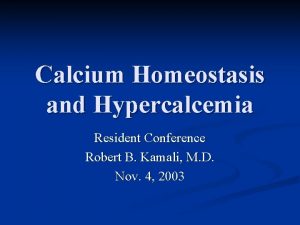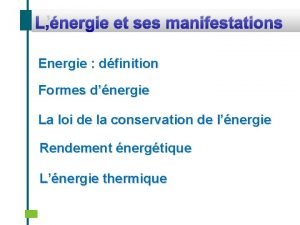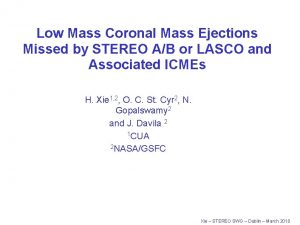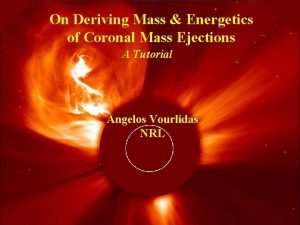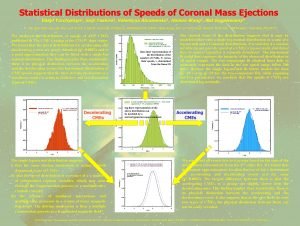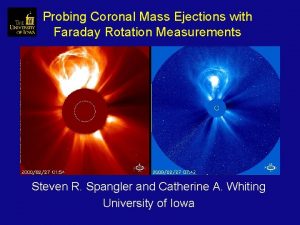Low Coronal Manifestations of Coronal Mass Ejections as







- Slides: 7

Low Coronal Manifestations of Coronal Mass Ejections as Observed by STEREO EUVI N. Nitta 1, J. -P. Wuelser 1, J. Lemen 1, M. Aschwanden 1, G. Attrill 2 1: Lockheed Martin Solar and Astrophysics Laboratory 2. University College London, Mullard Space Science Laboratory

Multi-wavelength observations of dimming Important because the dimming observed at one wavelength channel can result from temperature effects Coronal waves in different wavelengths? Waves are harder to identify, and multiwavelength observations are rare. Cloud ejections Zarro et al. (1999), showing similar dimming patterns in soft X-rays (Yohkoh) and EIT 195 A. But EIT dimming is more extended. The dimming region is found to be more east-west aligned at lower temperatures This sequence implies slightly different patterns of dimming as observed in TRACE 171 and 195 A images. An EIT wave observed in TRACE 171 and 195 A images (Wills-Davey and Thompson 1999)

Difficulty of analysis Possibility of automated detection How long does the dimming have to be observed? Some of the dimming regions are short-lived, and they may arise from decaying flares. When difference images are made, co-alignment errors can cause artificial dimming. A difference pair of long-separated images can also cause artificial dimming. The definition of the coronal waves is not clear especially in terms of the distinction from ejections and other mass motions. Dimming and waves are closely associated both temporally and spatially, but many dimmings do not accompany waves. In recent years, the Royal Observatory of Belgium has developed various tools to automatically detect solar events including EIT waves and dimming/. See http: //sidc. oma. be/nemo/ Nevertheless, the combination of base difference and running difference images may show us how the dimming regions grow with respect to the waves.

Example of SECCHI EUVI Observations of CME-associated dimming and waves There were two similar events on 24 and 25 January 2007. Then the STEREO angle was so small that the 2008. observations were essentially from Earth view.

2007 January 24 Event

2007 January 25 Event

Conclusions • SECCHI EUVI on STEREO observed two similar EUV dimming and wave events from a region behind the east limb. The basic cadence in 171 A and 195 A was about ten minutes. • No STEREO effects seen. • It was harder to identify waves in 171 A than in 195 A. • The dimming associated with the CME preceded the flare, but this was largely due to bright flare loops being occulted by the limb. • The derived speeds of the waves were consistent with what we know from EIT, but there was an indication of deceleration, so it may be of interest to observe waves from disk events in higher cadence. • More quantitative work is under way with the recently updated instrument response.

